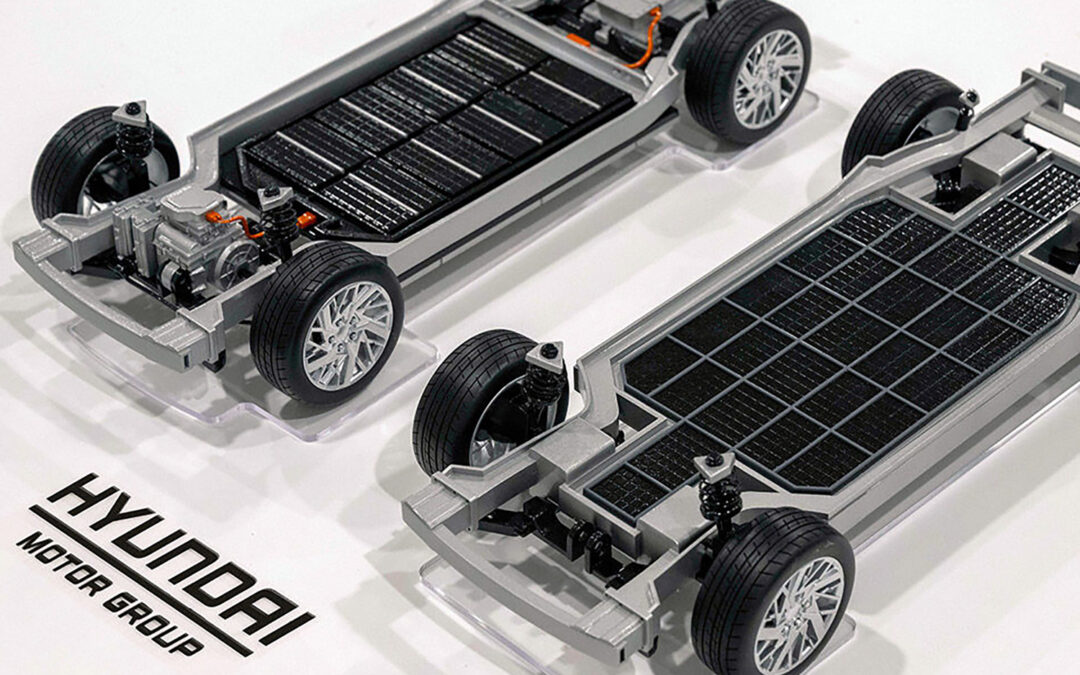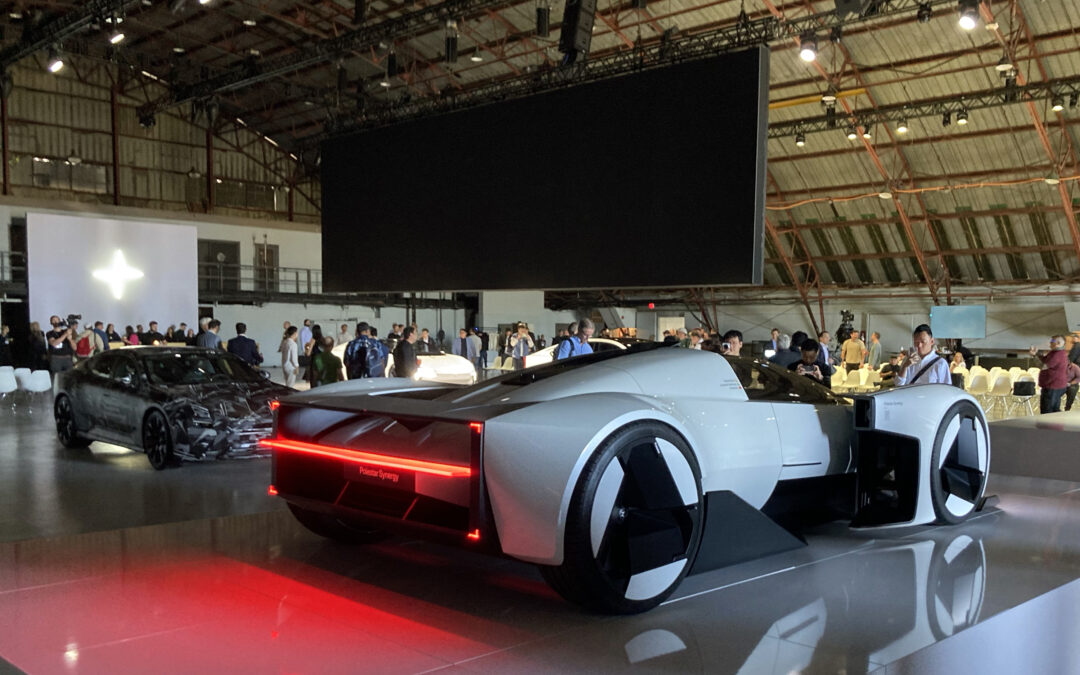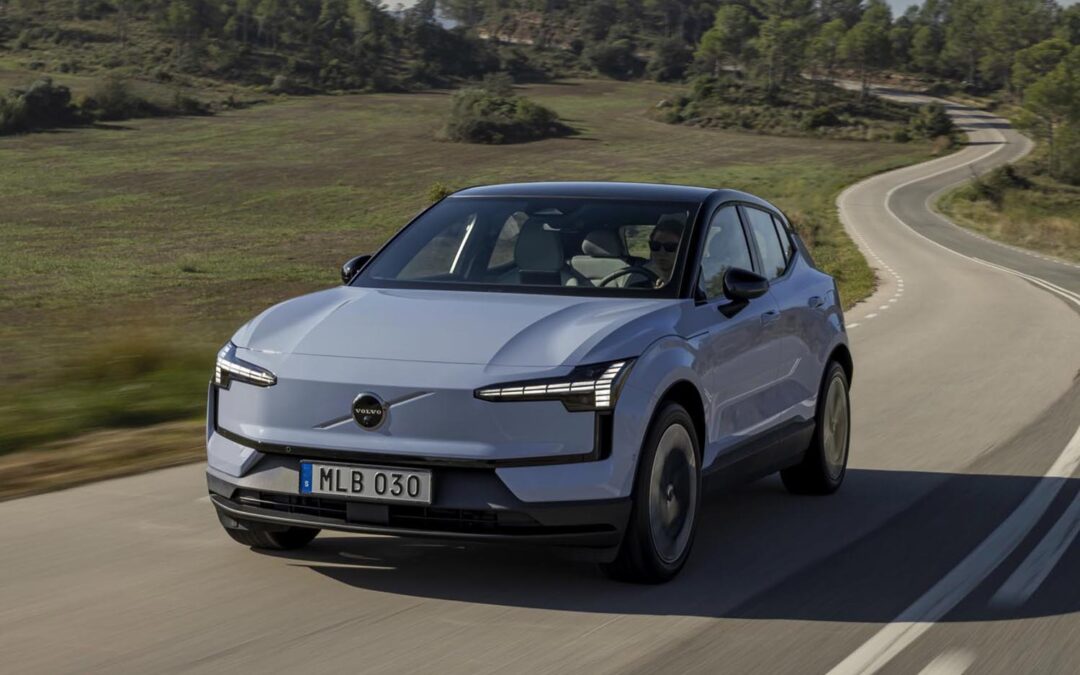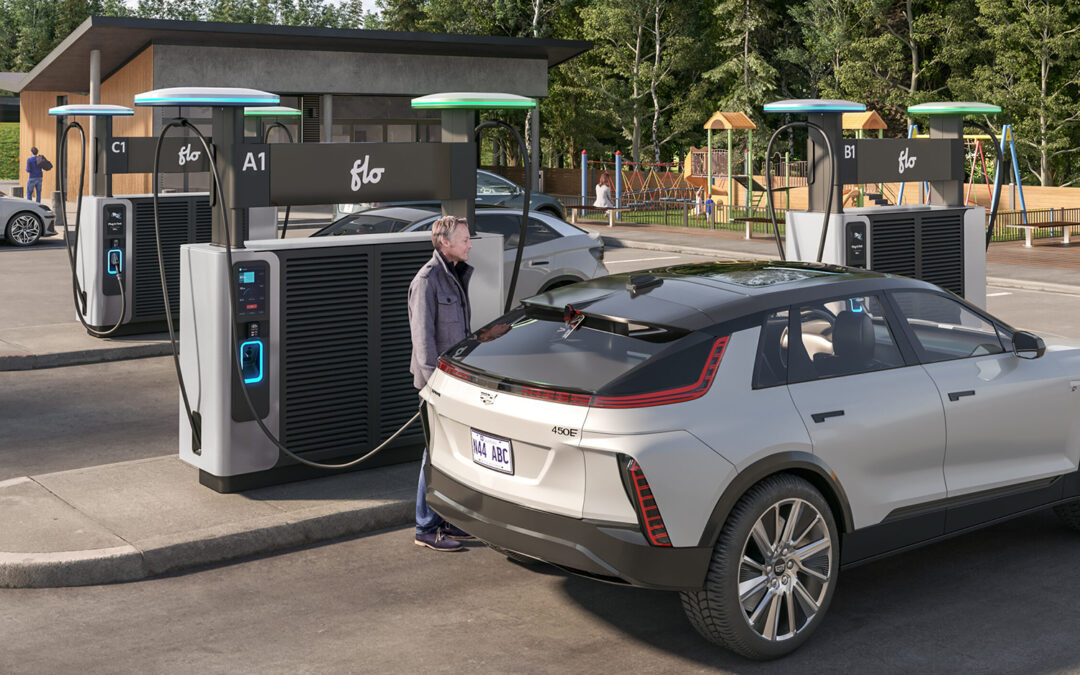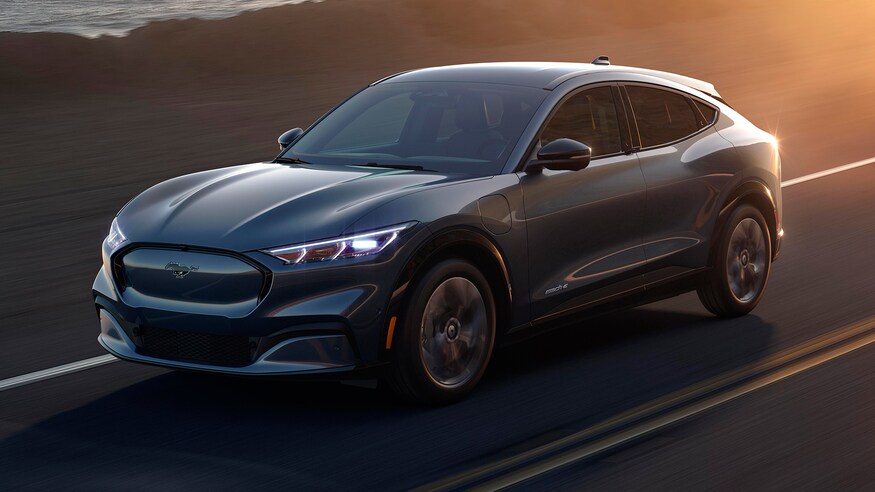Every Friday, The Charge looks back at the biggest headlines of the week with our own added insight and opinions for a broader picture of the news.
Doug Ford’s love/hate relationship with EVs

Ontario premier Doug Ford in Bradford, Ontario.
Ontario Premier Doug Ford had some conflicting views on EVs this week. During a press conference for the Bradford Bypass on Monday, Ford said the province would become “the number one manufacturer of electric, battery-operated cars in North America.” And potentially, at least, he’s got a point; Ontario is rich with natural resources, the minerals that are needed for lithium-ion batteries. And it has a long history of car production with Detroit’s Big Three automakers, as well as Honda and Toyota.
But talk is cheap; if Ontario is going to be a powerhouse of EV production, where’s the plan? The premier did give the Ford Motor Company a healthy $295 million last year (the federal government chipped in the same amount) to produce EVs at its Oshawa plant; the cynical among us could say it was just to keep the automaker in Canada at all. If Ontario wants to be a world player, the time to start is now. Let’s get a plan, and let’s get to work.
Then, a few days after the Bradford chat, Ford (the premier, not the automaker) was asked about bringing back EV incentives. His response? “I’m not going to give rebates to guys that are buying $100,000 cars — millionaires.” Since his early days in office back in 2018, Ford has taken away every incentive the previous Liberal government had brought in for EV adoption, such as $14,000 for a vehicle and other rebates for home chargers, and he’s cancelled plans for EV infrastructure across the province.
One the one hand, he’s touting Ontario as an electric vehicle production centre, but on the other hand he freely shows his contempt for the new technology and the people buying into it. Ontario was once a leader in EV adoption, but now it lags substantially behind other provinces in vehicle sales. Eventually, subsidies and incentives will have to end, but the point of them now is to increase EV sales to bring down the prices on an economy of scale. If EV market share stays at such a low rate, Mr. Ford, who’s going to buy Ontario’s products?
Subaru’s first EV, the Solterra
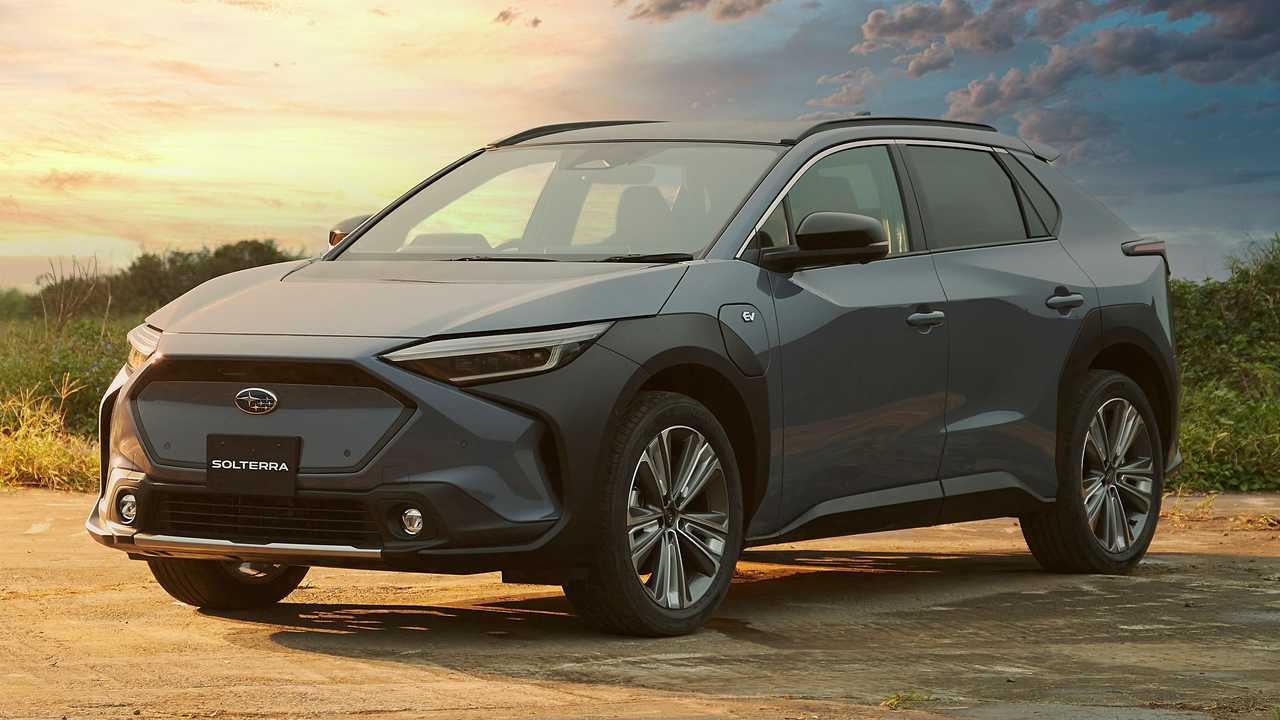
2023 Subaru Solterra
Subaru may be a bit late to the game, but the Japanese automaker has revealed its first all-electric vehicle, the Solterra, which will have its official debut later this month at the LA Auto Show. What’s also notable about this two-row crossover is that it was made with a joint venture with Toyota, which also owns 20 per cent of Subaru. Toyota’s version is called the bZ4X, an almost identical copy to the Solterra. While some differentiation wouldn’t have been a bad thing, it still makes sense for carmakers to pool their research and resources to come up with new tech.
And they aren’t the only ones holding hands in the industry; Ford not only bought a 12 per cent stake in the startup EV pickup company Rivian, but it also has a partnership with Volkswagen for developing light commercial EV vehicles. General Motors is building two SUVs with and for Honda, as well as teaming with Navistar for a hydrogen fuel cell heavy truck. BMW and Jaguar Land Rover have combined to develop EV powertrains, and the Nissan, Renault, and Mitsubishi Motors alliance will share EV platforms for its vehicles all over the world. And that’s not to mention legacy automakers also partnering with battery makers and other EV parts suppliers to further develop the technology.
If automaker rivals can partner together on developing future tech, why can’t the rest of us all just get along?
Canada’s promise for EV buses and trucks

Of course, the likes of Tesla gets all the EV headlines, especially when it passes Mercedes-Benz for third place in the US for luxury car sales. But let’s not forget the importance of electric conversion for all of those heavy vehicles on the road, such as large delivery trucks and buses. It makes such good sense to convert these fleets to EV; most keep their travel around a city, with relatively low daily kilometres, and at the end of the shift they return to a central depot where they can be plugged in overnight for a full charge the next day.
Canada has committed to converting these fleets to all electric by 2040, which, when you think about it, is pretty easy to say. A full 19 years away, this government will be long gone, leaving those promises to others. Again, like in Ontario, there is no specific plan.
But you may not know that we have a significant player in the EV heavy vehicle industry right here in Canada. Lion Electric has been building buses and other commercial vehicles in Saint-Jérôme, Quebec, since 2011. It also just announced a new ambulance that will be built next year. Electric cars get all the news, but considering the tens of thousands of heavy vehicles on our roads today spewing dark clouds of diesel emissions, companies such as Lion Electric are just as important when it comes to cleaning up our environment. Government needs to step up and build on this home-grown industry, and fleet owners need to be educated on the long-term cost benefits of electric conversion.
Shell Canada building on charging infrastructure

Shell service station
Great news from Shell Canada; the energy company announced it will be building 79 EV fast-charging stations at 36 locations across five provinces. Really notable that these charging locations will all be Level 3 DC chargers, bringing down charging times and getting people on their way faster.
Shell isn’t the only legacy oil and gas company to do this; PetroCanada finished its ‘Electric Highway’ in 2019, with more than 40 stations along the Trans Canada Highway from coast to coast. Both companies received millions of dollars in federal grants for their projects.
Currently, there are just over 6,000 charging stations across the country. But that number seems to be growing every day, making longer trips with an EV even easier, as we found. That’s not just good for current EV owners, but it goes a long way towards appeasing the dreaded ‘range anxiety’ for those who are still on the fence of electric car ownership. In a poll of non-EV owners done by AutoTrader earlier this year, a full 54 per cent said the largest barrier to buying an EV was a perceived lack of charging infrastructure. With more and more charging stations opening up access to more and more of the country, EV adoption will rise. And, with more EVs on the road, more infrastructure will follow. And so on, and so on, and … .

